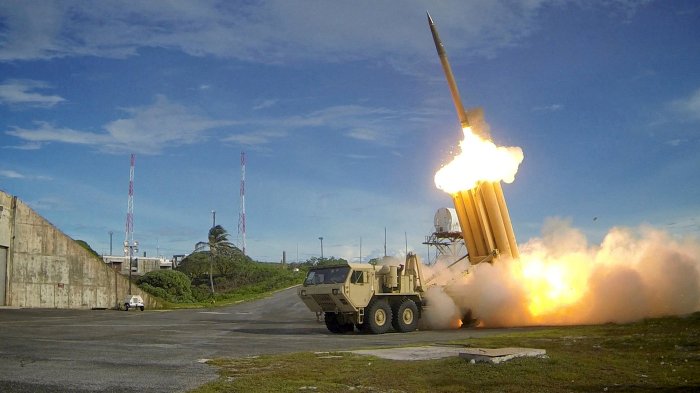By Andrea Shalal
BERLIN (Reuters) – Top U.S. Navy officials say increased U.S. and NATO exercises in eastern Europe do not amount to “saber-rattling,” but are necessary steps to train with allies and deter the most aggressive Russian maritime expansion in 30 years. Vice Admiral James Foggo, who heads the U.S. Navy’s fleet in Europe and oversaw the annual NATO exercise that just ended in the Baltic Sea, told Reuters he was braced for incidents such as the one last April when two Russian warplanes flew simulated attack passed near a U.S. guided missile destroyer. But he said this year’s ‘Baltops’ exercise saw “much less Russian activity and harassment” than in 2015, and Russian officials had apparently shifted to more strategic messages by senior politicians than tactical incidents like the flyover. He said Russian surveillance ships did shadow U.S. ships during the exercise, and Russian jets and helicopters flew over U.S. and British ships, but they stayed at a safe altitude and acted professionally. Russian and U.S. officials also met recently to discuss ways to avoid incidents at sea, Foggo said. Foggo and Navy Secretary Ray Mabus both rejected comments from German Foreign Minister Frank-Walter Steinmeier, who warned this weekend that NATO exercises in eastern Europe could raise tensions with Russia at a time when more cooperation was needed. “What we shouldn’t do now is to inflame the situation by loud saber-rattling and shrill war cries,” Steinmeier told Bild newspaper in an interview published on Sunday.
Mabus said the remarks likely reflected domestic political issues, and stressed that Germany was part of the 28-member NATO alliance, which had agreed by consensus to carry out the exercises in question. “What’s important is what comes out of NATO, and what comes out of the defense ministerial and the summit in Warsaw,” Mabus told Reuters in an interview in Berlin. “And the aim and the resolution of NATO are pretty clear in terms of deterrence and reassurance.” NATO is increasing its defenses in Poland and the three Baltic nations of Estonia, Latvia and Lithuania, as part of a wider deterrent that NATO hopes will discourage Russia from a repeat of its annexation of Ukraine’s Crimea peninsula in 2014. Russia sees NATO’s deterrence plans as hostile.
Mabus said increased U.S. shipbuilding deliveries – with the current fleet of 274 ships expected to grow to 308 by 2021 – would also allow the U.S. Navy to increase its presence in Europe for the first time in 15 years, even as it also boosts its presence in the Asia-Pacific region. “Baltops was not about saber-rattling,” Foggo said in an interview from his headquarters in Naples, Italy. “It was not our intent to look like or act like an aggressor force.”He said Russia – which last participated in the Baltops exercise in 2012 – could be invited to resume participation if its behavior improved. But he said it was still unclear that Russia would want to participate. Foggo said NATO and the U.S. Navy needed to maintain dialogue with Russia to minimize the risk of accidents, while also keeping an eye on a 50 percent increase in Russian naval operations. He cited Russian plans to deploy six more submarines in the Black Sea, and said U.S. officials reported a level of submarine operations in the Mediterranean not seen since 1999. “We need to be vigilant and we need to hone our anti-submarine warfare skills,” he said. “You must negotiate from a position of strength.”
(Reporting by Andrea Shalal; Editing by Toby Chopra)


















